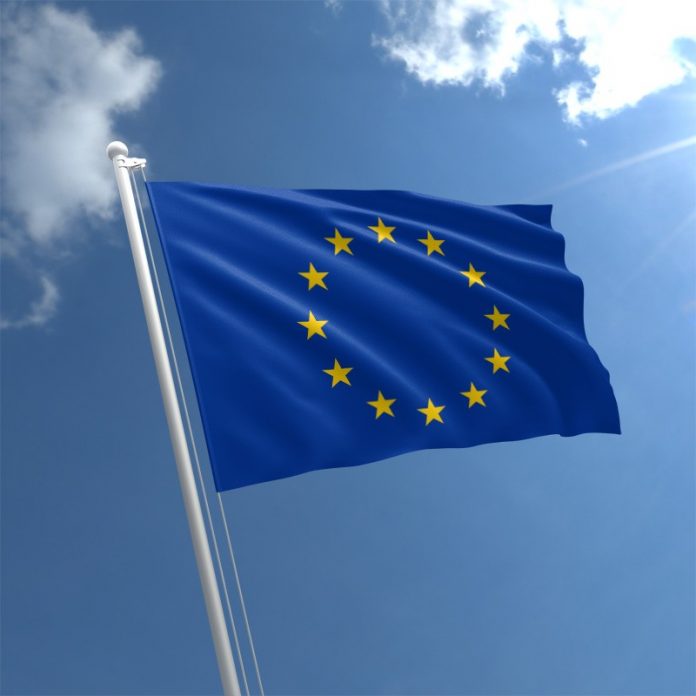
European Union Member States have published a joint risk assessment report into 5G technology which highlights increased security risks that will require a new approach to securing telecoms infrastructure.
Back in March, as European telecom industry concern swirled about how to respond to US pressure to block Huawei, the Commission stepped in to issue a series of recommendations — urging the Member States to step up individual and collective attention to mitigate potential security risks as they roll out 5G networks.
The high-level report is a compilation of Member States’ national risk assessments, working with the Commission and the European Agency for Cybersecurity. It’s couched as just a first step in developing a European response to securing 5G networks.
“It highlights the elements that are of particular strategic relevance for the EU,” the report says in self-summary. “As such, it does not aim at presenting an exhaustive analysis of all relevant aspects or types of individual cybersecurity risks related to 5G networks.”
The next step will be the development, by December 31, of a toolbox of mitigating measures, agreed by the Network and Information Systems Cooperation Group, which will be aimed at addressing identified risks at national and Union level.
“By 1 October 2020, Member States – in cooperation with the Commission – should assess the effects of the Recommendation in order to determine whether there is a need for further action. This assessment should take into account the outcome of the coordinated European risk assessment and of the effectiveness of the measures,” the Commission adds.
For the toolbox, a variety of measures are likely to be considered, per the report — consisting of existing security requirements for previous generations of mobile networks with “contingency approaches” that have been defined through standardisation by the mobile telephony standards body, 3GPP, especially for core and access levels of 5G networks.
But it also warns that “fundamental differences in how 5G operates also means that the current security measures as deployed on 4G networks might not be wholly effective or sufficiently comprehensive to mitigate the identified security risks”, adding that: “Furthermore, the nature and characteristics of some of these risks makes it necessary to determine if they may be addressed through technical measures alone.
“The assessment of these measures will be undertaken in the subsequent phase of the implementation of the Commission Recommendation. This will lead to the identification of a toolbox of appropriate, effective and proportionate possible risk management measures to mitigate cybersecurity risks identified by the Member States within this process.”
The report concludes with a final line saying that “consideration should also be given to the development of the European industrial capacity in terms of software development, equipment manufacturing, laboratory testing, conformity evaluation, etc” — packing an awful lot into a single sentence.




